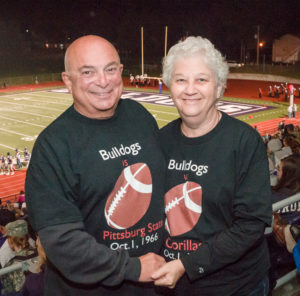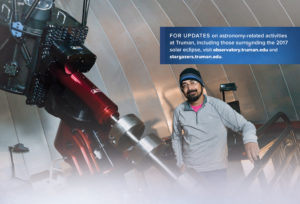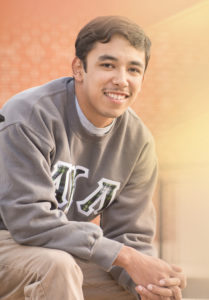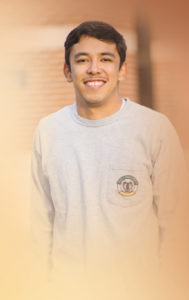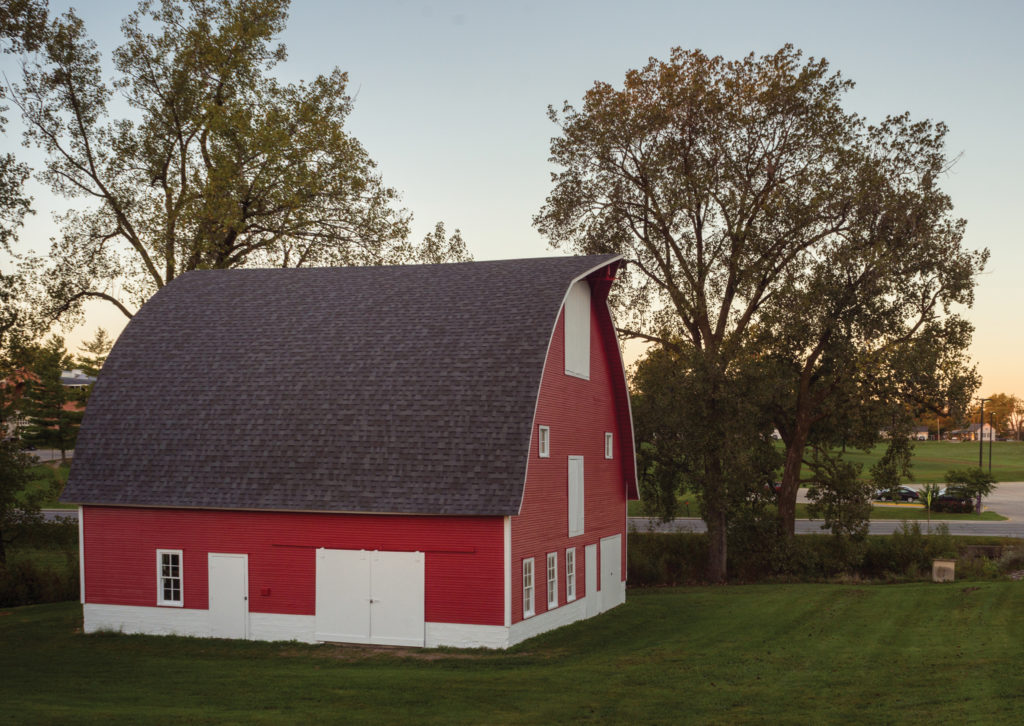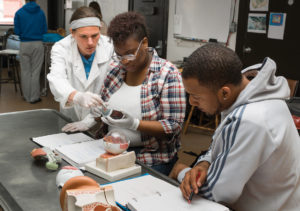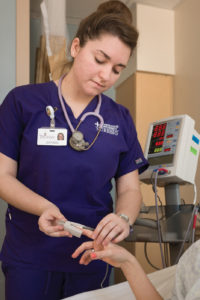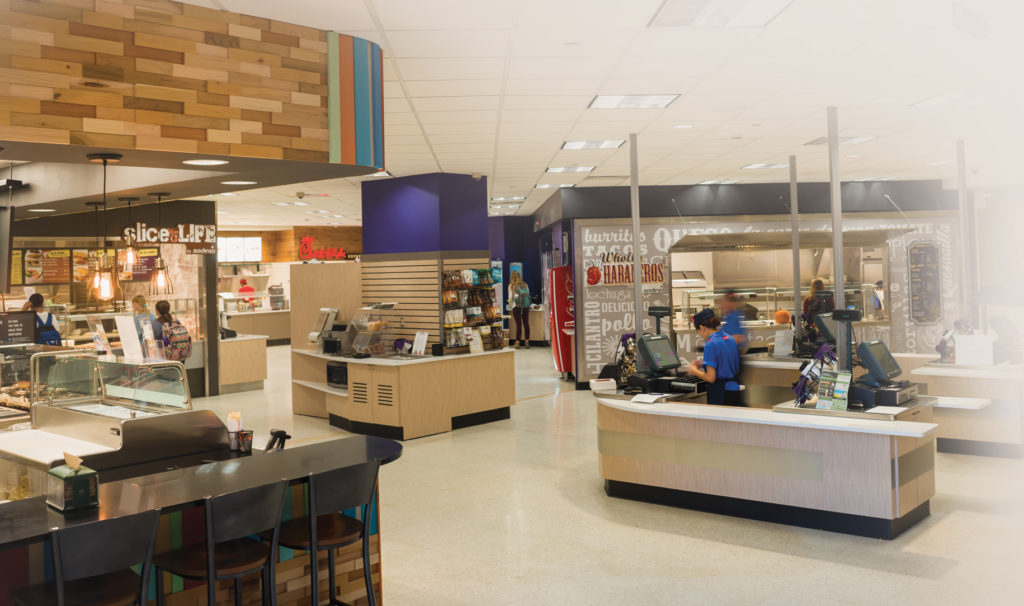Gold is the traditional gift for a 50th anniversary.
Al and Sheryl (O’Day) Tamberelli celebrated theirs with Pagliai’s Pizza and a Bulldogs football game. Last fall, the couple made the trip to Kirksville from their home in Aurora, Ill., to take in a game at Stokes Stadium and revisit the place where they met 50 years ago to the day.
A New Jersey native, Al came to the University to play football, but an injury had him watching the Oct. 1, 1966, football game against Pittsburg State from the stands.
“I sat behind the cutest girl with the bluest eyes, and I knew she would be ‘the one.’ I just had to find out who she was,” Al said.
The girl with the blue eyes was Sheryl O’Day, an education student from Fort Madison, Iowa, who just happened to be in Al’s English class. When he figured that out, he ended up borrowing her notes so he had a reason to meet up with her. The rest, as they say, is history. They were engaged after just three months of dating, and although Sheryl’s response to Al’s initial proposal was “I’ll get back to you on that,” they were married within two years.
Before they graduated in 1969, Al and Sheryl lived in married housing in Fair Apartments. On their return trip to Kirksville, they got to peek inside their former home, which is currently being used as office space for faculty members.
“It was nice to go in and see what was our apartment. The youngsters working there were so gracious to allow us to reminisce,” Al said.
The Tamberellis toured much of the campus the day before the game, including the “kennels” and several other buildings. They were pleasantly surprised with how the University has kept up with the times in terms of technological and academic advances while still maintaining a small-school atmosphere. They even experienced some of the community hospitality firsthand when they looked a little lost at times.
“Everyone was so welcoming, helpful and friendly and just went out of their way to make it a great visit,” Al said. “Students stopped us on campus to ask if they could help us find some place or if we needed help.”
Al and Sheryl are no strangers to exploring new places. With their two children grown, the retired educators enjoy travelling. They have visited Mexico and several island countries along with many of the U.S. states. They even lived in Europe for a while where Al coached football in Finland. They are currently planning a visit to Iceland as well as a two-month trip to see national parks from the Midwest to the west coast.
Whatever the couple decides to do, Al has some simple rules for enjoying their time together.
“Treat every day as though it was your first date. Try to make each other happier tomorrow than you did today,” he said. “Be willing to compromise and treat each other with the utmost respect. Never go out the door, go to sleep or hang up the phone without saying I love you.”

